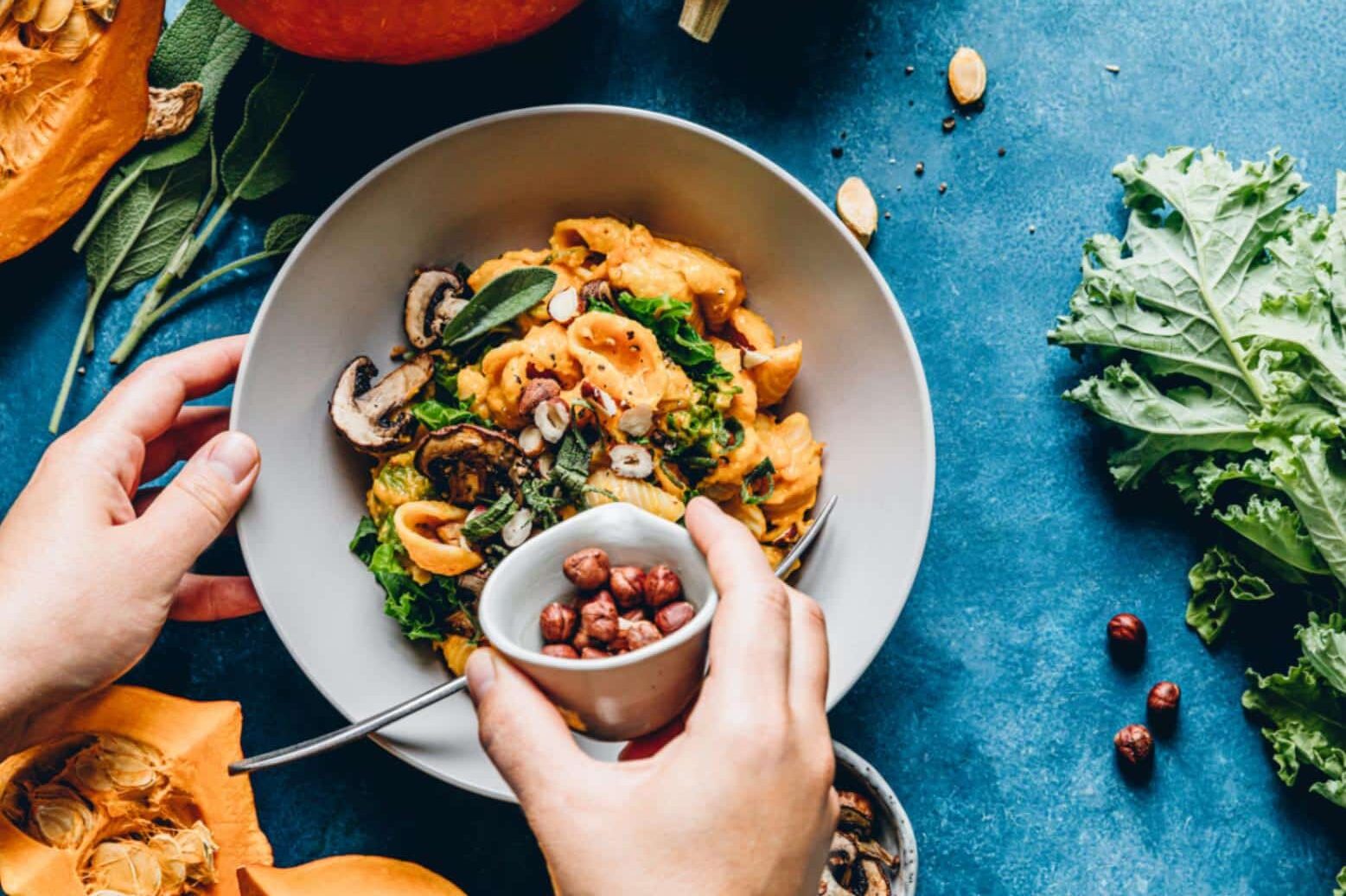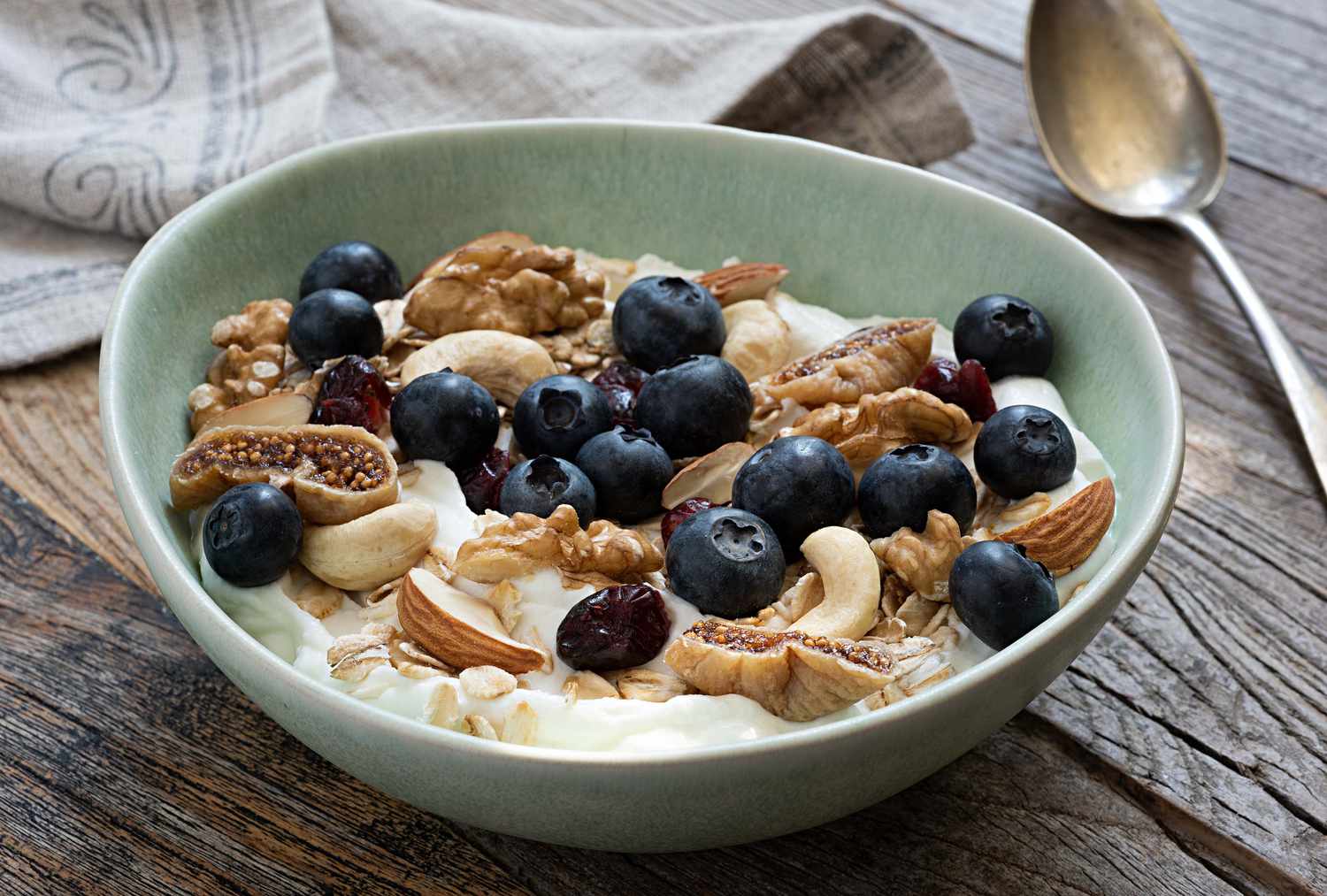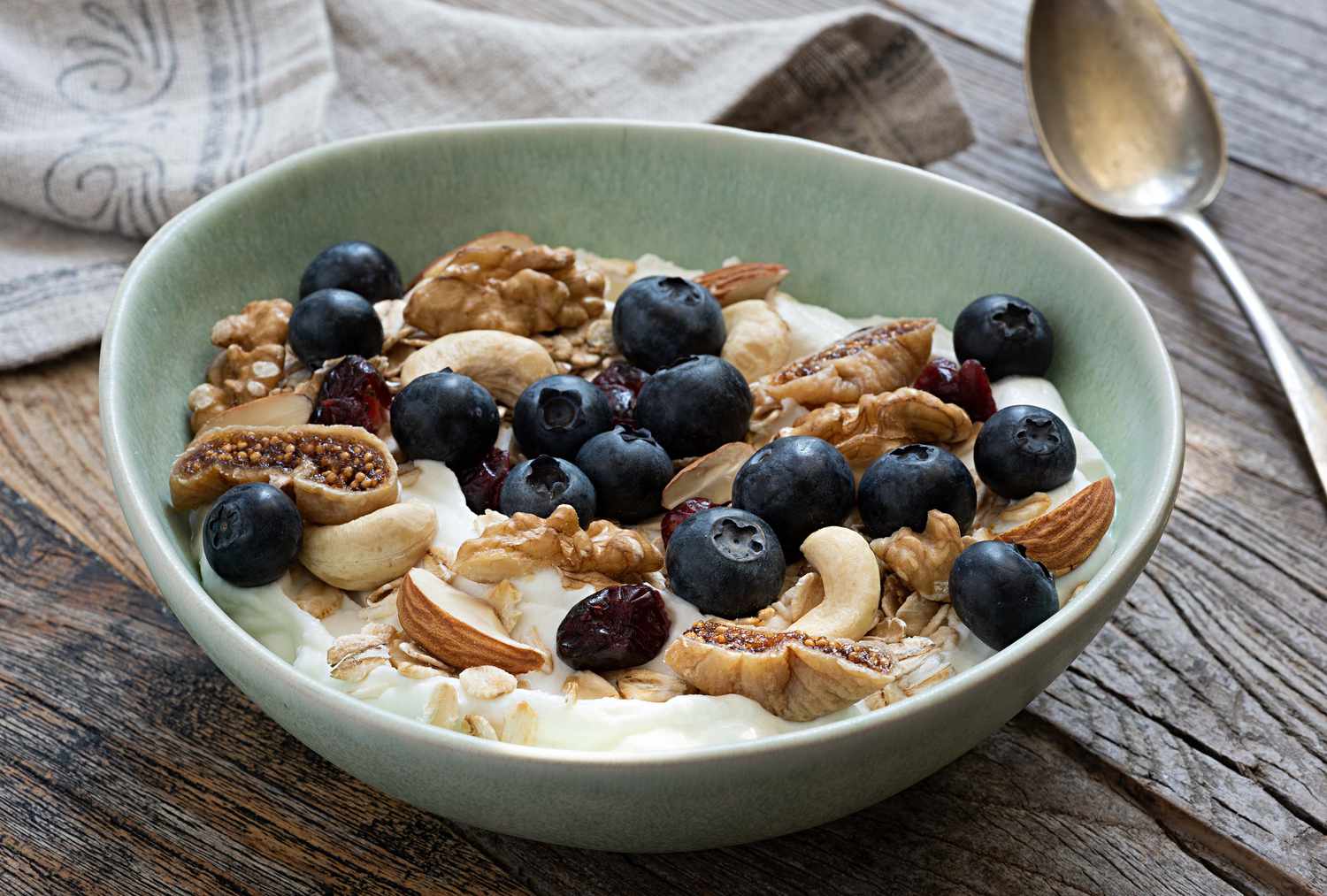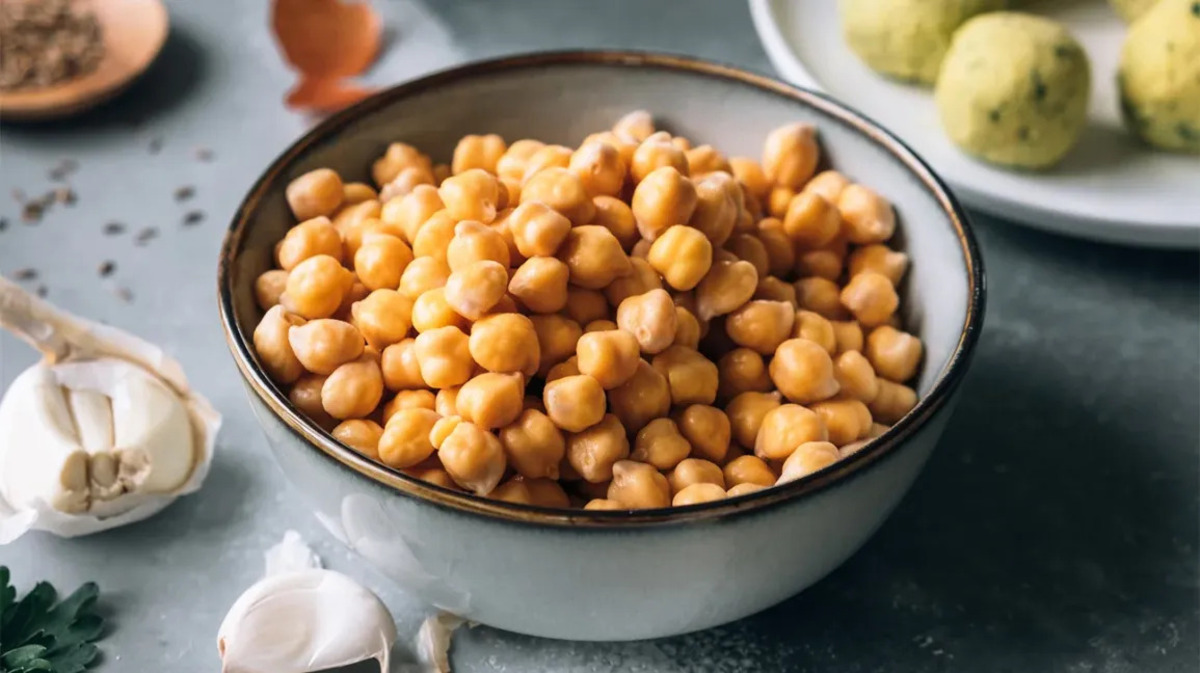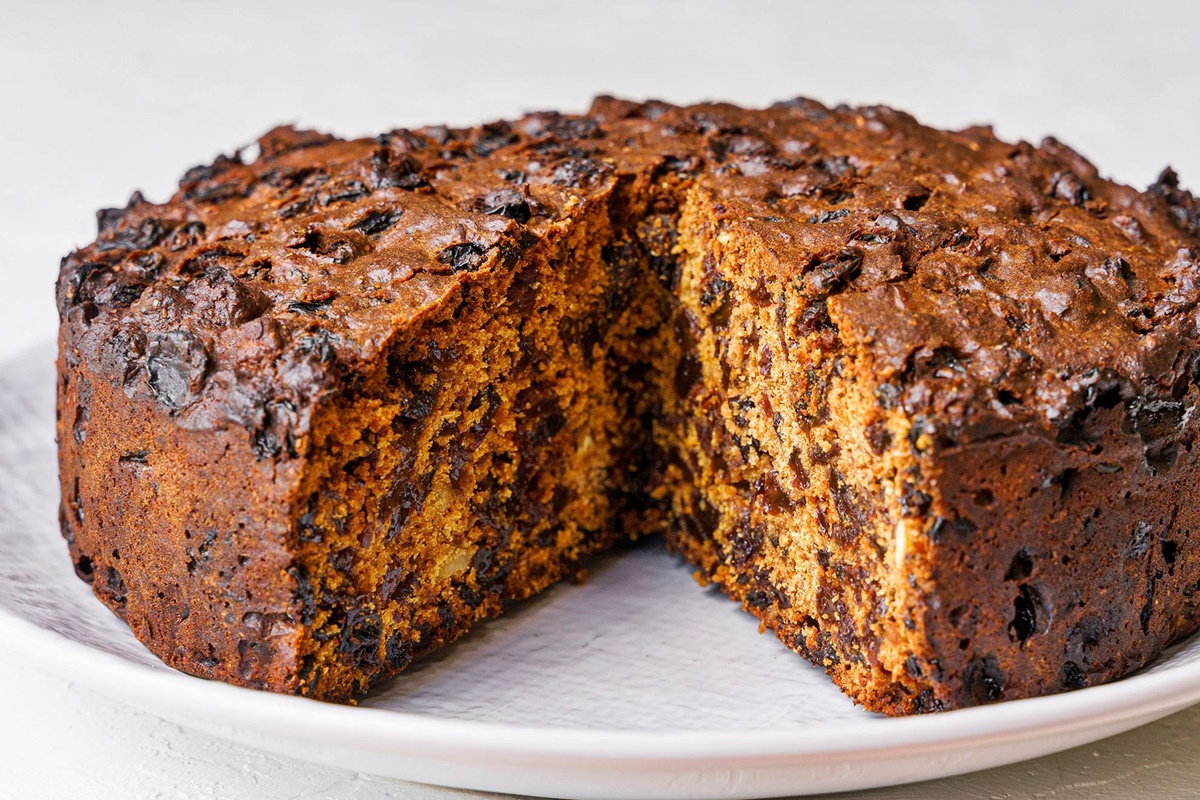How to Create a Balanced Meal Plan for Diabetics
Managing diabetes involves making healthy food choices to help control blood sugar levels. Eating a balanced meal as a diabetic is essential for maintaining overall health and well-being. Here are some tips on how to create a balanced meal plan tailored to the needs of individuals with diabetes.
Focus on Nutrient-Dense Foods
When planning meals, it’s important to prioritize nutrient-dense foods that provide essential vitamins and minerals without causing a sharp increase in blood sugar levels. Vegetables such as leafy greens, broccoli, and bell peppers are excellent choices due to their high fiber content and low glycemic index. Fruits like berries, apples, and citrus fruits are also good options as they are rich in fiber and antioxidants.
Include Lean Proteins
Proteins play a crucial role in stabilizing blood sugar levels and promoting satiety. Opt for lean sources of protein such as skinless poultry, fish, tofu, and legumes. These options provide the necessary protein without adding excessive saturated fat to the diet.
Choose Whole Grains
When incorporating carbohydrates into the meal plan, focus on whole grains such as quinoa, brown rice, and whole wheat bread. Whole grains are rich in fiber, which helps regulate blood sugar levels and contributes to a feeling of fullness, preventing overeating.
Healthy Fats are Essential
Healthy fats are an important component of a balanced meal plan for diabetics. Include sources of unsaturated fats such as avocados, nuts, seeds, and olive oil. These fats can help improve insulin sensitivity and reduce the risk of heart disease, a common concern for individuals with diabetes.
Monitor Portion Sizes
Controlling portion sizes is crucial for managing blood sugar levels. Using smaller plates, measuring food portions, and being mindful of serving sizes can help prevent overeating and maintain a healthy weight, which is beneficial for diabetes management.
Meal Planning and Timing
Establishing a consistent meal schedule can help regulate blood sugar levels. Aim to eat meals and snacks at regular intervals throughout the day to prevent extreme fluctuations in blood glucose levels. Planning meals in advance and having healthy snacks readily available can prevent impulsive food choices.
Stay Hydrated
Proper hydration is essential for individuals with diabetes. Drinking water throughout the day can help prevent dehydration and support kidney function. Limiting sugary beverages and opting for water, herbal teas, or infused water can help manage calorie intake and blood sugar levels.
Seek Professional Guidance
It’s important for individuals with diabetes to work with a registered dietitian or a healthcare provider to develop a personalized meal plan that meets their specific dietary needs and health goals. Professional guidance can provide valuable support and ensure that the meal plan is tailored to individual requirements.
By incorporating these strategies into a daily routine, individuals with diabetes can create a balanced meal plan that supports overall health and helps manage blood sugar levels effectively.
Remember, making informed food choices and being mindful of portion sizes can contribute to better diabetes management and an improved quality of life.
Was this page helpful?
john paul
Blue world city waterfront block was presented last month, November 2021. After the momentous accomplishment of different squares, the administration of blue world city sent off its new square: the waterfront block. The name is to inform a great deal regarding the new square. There will be counterfeit lakes, sloping landscape, and a spotless and solid climate of worldwide guidelines in the Waterfront block. Inhabitants will track down class, extravagance, style, and solace across the board place. blue world city waterfront block will be built by similar designers Blue Group of Companies BGC, Imperial Group of Companies, and a Chinese designer Shan Jian Municipal Engineering Company. Saad Nazir, child of ex-Deputy Commissioner Lahore is the proprietor of Waterfront Block. The Blue World City has an optimal area of fundamental Chakri Road and New Islamabad International Airport for financial backers; it is just a 70 km drive from zero point. The region of this task is roughly 1534.5 Kanal. The area of the waterfront block is still in question. As indicated by the engineers, the waterfront region will be in stage 5 and stage 6 of blue world city, which will connect with Rawalpindi and Islamabad.
